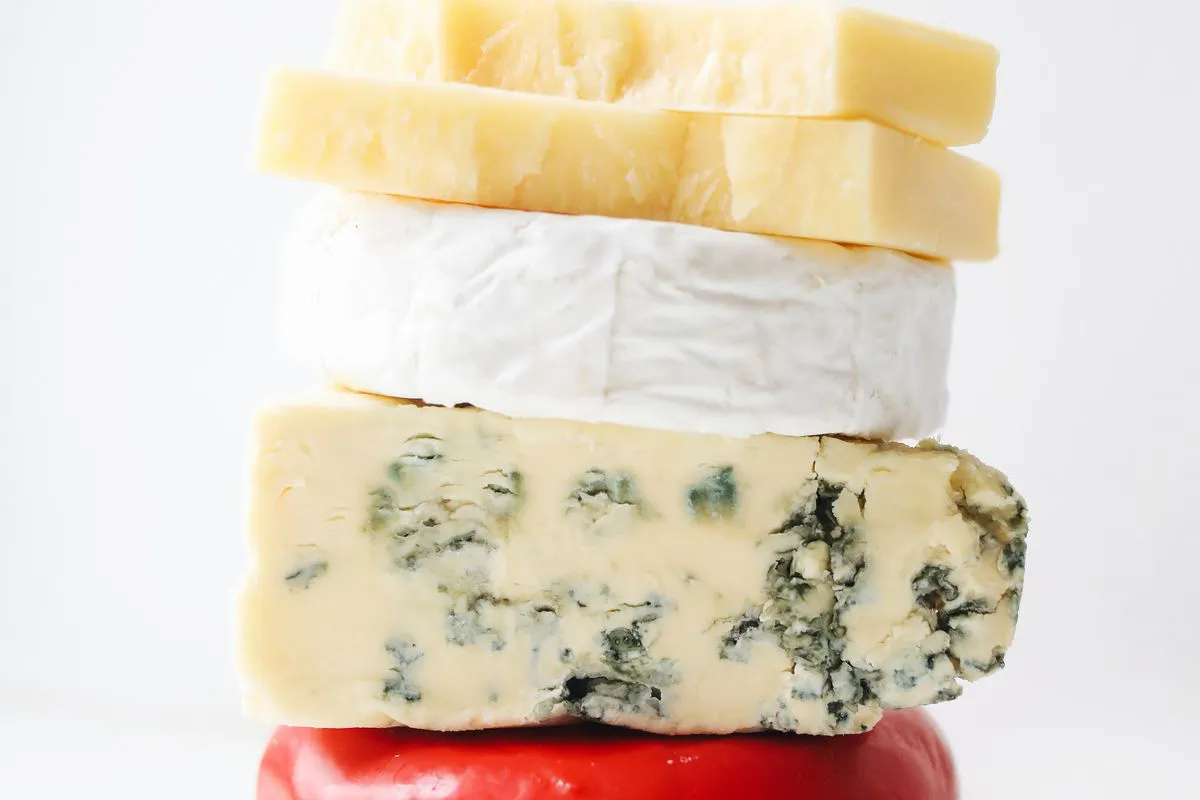Which cheese is the most useful and why. And what you need to know about cheese with mold.
Cheese is one of the most controversial foods. HLS adherents often avoid it due to the high content of potassium and lactose, high fat and high calorie. On the other hand, cheese is rich in protein, calcium, a huge amount of vitamins and such important probiotics for body health. In our article, we analyzed all the disputes concerning cheese and told how much and what kind of cheese to eat to get the most out of health benefits .
Ukraine , Ukraingate , 15 , February , 2022 | Healtg
Why not be afraid of cheese
Let’s start with potassium. Excess of this element (hyperkalemia) really has a number of unpleasant consequences for the body. But the likelihood that you will get hyperkalemia after eating cheese is extremely small. Most cheeses contain from 10% to 25% of the daily amount of potassium per 100 g (in bananas, for example, much more), so this is definitely not a reason to exclude cheese from the diet. In terms of calories, mozzarella, feta or parmesan is not much more caloric than avocados or salmon, which we are not afraid to add to our diet. Any food you eat should not exceed your daily calorie intake. If this does not happen, you will not gain weight.
Which cheese to choose
Nutritionists and nutritionists recommend choosing cheeses from sheep’s or goat’s milk for several reasons. First, such species do not contain lactose, which is one of the most common food allergens. In addition, the benefits of lactose for the adult body are still in great doubt, so even those who do not suffer from allergies, experts do not recommend the abuse of lactose-containing foods. Secondly, in terms of proper nutrition and weight loss, goat cheese is much more useful than cow’s cheese: it is low in calories and contains just a record amount of protein. It is also rich in potassium, calcium, magnesium, almost all B vitamins, vitamin C and probiotics, which makes it a great addition to a healthy diet.
If you still do not like goat cheese (and the taste is quite specific), it does not mean that you will have to say goodbye to cheese forever. Just choose certain types of cheese and do not eat them in large quantities. One of the leaders in useful properties is Parmesan. This is a real source of calcium and phosphorus, it is high in protein and low in fat, and while the cheese is aged (24-36 months), its content is greatly reduced lactose content.
Another useful cheese is mozzarella. If you are afraid of high potassium – this is your option, because 100 g of product has less than 10% of the daily norm of the mineral, but mozzarella is rich in protein, calcium, B vitamins and probiotics.
Greek feta cheese closes the top three. Here you will find calcium, potassium, sodium, zinc, riboflavin, B vitamins, vitamin B and PP. By the way, it is made from both cow’s and goat’s milk – quickly choose your option and add feta to the salad. It is delicious and very useful.
Cheese with mold: benefits and harms
Another important question that always arises when discussing the benefits and harms of cheese: is it possible to eat cheese with mold? Experts answer “yes”, but there are some rules. Cheese with mold has not only a delicious taste and aroma, but also a number of useful properties for the body. Among them – maintaining the health of the cardiovascular system, anti-inflammatory action, stabilization of the nervous system and prevention of diseases of the gastrointestinal tract. But if you abuse cheese, you risk getting intestinal problems, dysbacteriosis and a strong excess of potassium in the body. To prevent this, the amount of cheese eaten with mold should not exceed 30 g per day.
Source : Ukrgate






